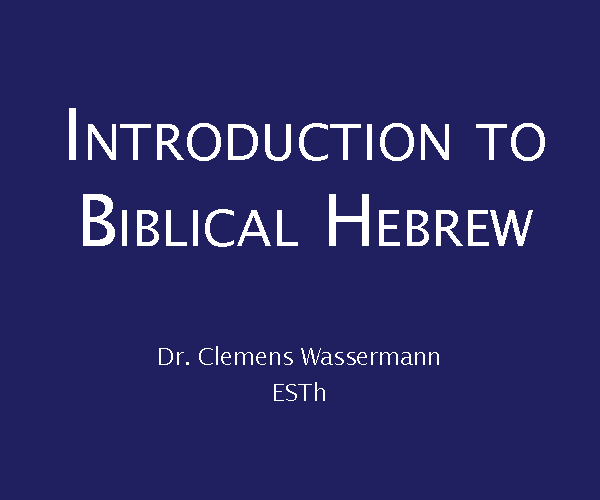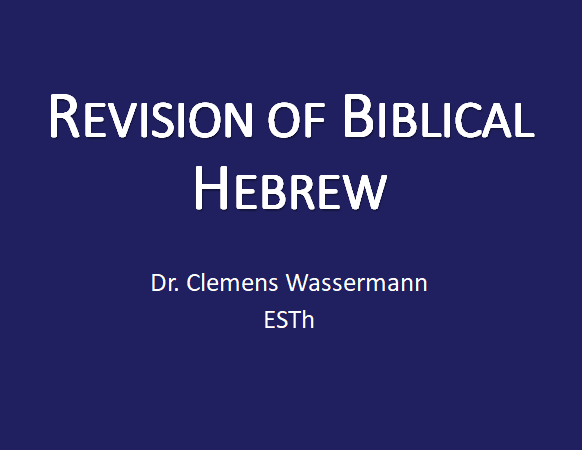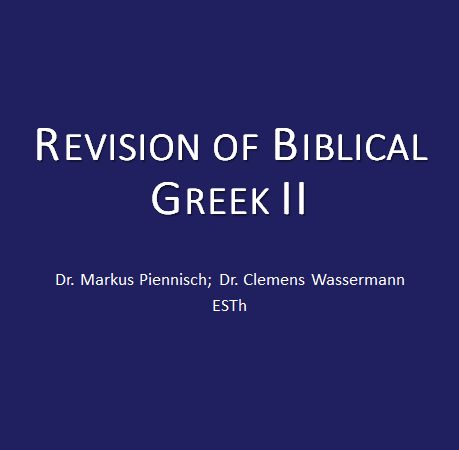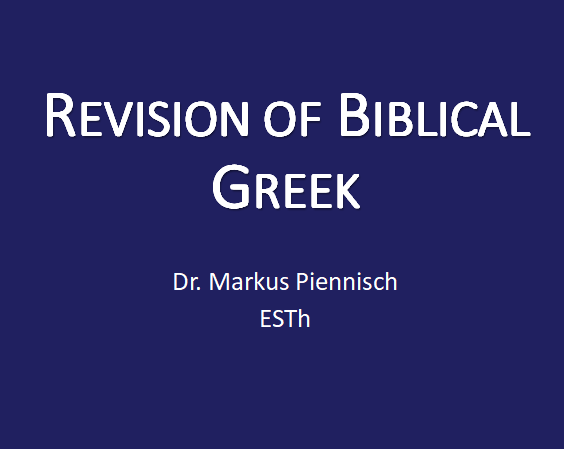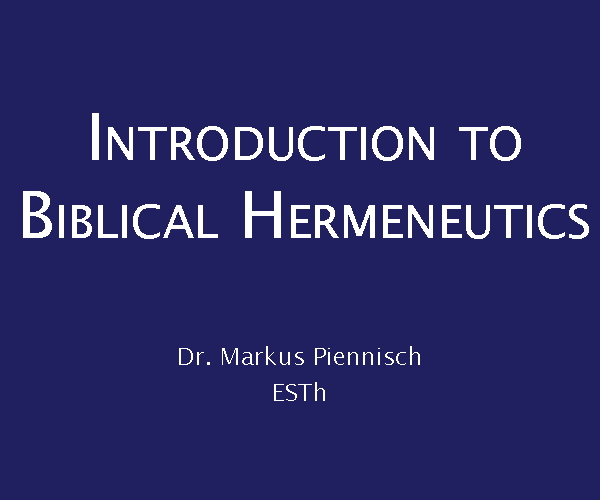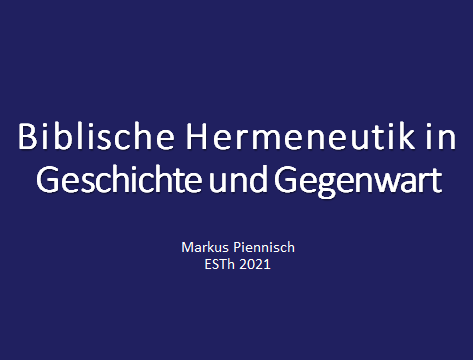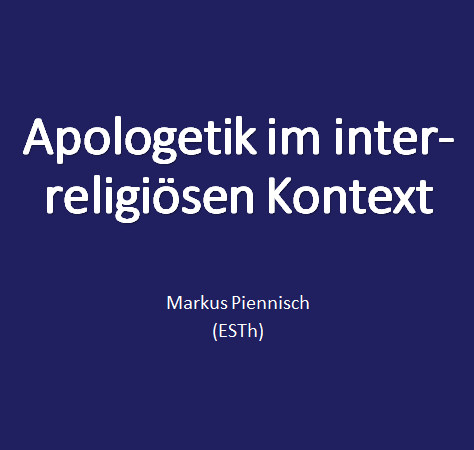
This course introduces to the principles and practice of interpreting Old Testament text by the example of Isaiah Chapter 9. The
theological prerequisites, the rules of exegesis and their
application are worked out. The most important exegetical tools and
methods are presented.
